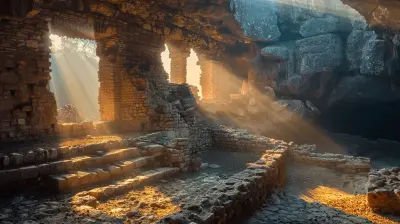Capturing the Essence of Rural Villages Through Your Lens
30 May 2025
Have you ever wandered through a quaint little village and thought, Wow, this would make an amazing photo? There’s something magical about rural life—the simplicity, the warmth of the people, and the untouched beauty of nature. Photographing villages isn’t just about snapping pictures; it's about telling a story.
But how do you truly capture the soul of a village? Let’s dive into some essential tips and techniques to help you immortalize these charming places through your lens. 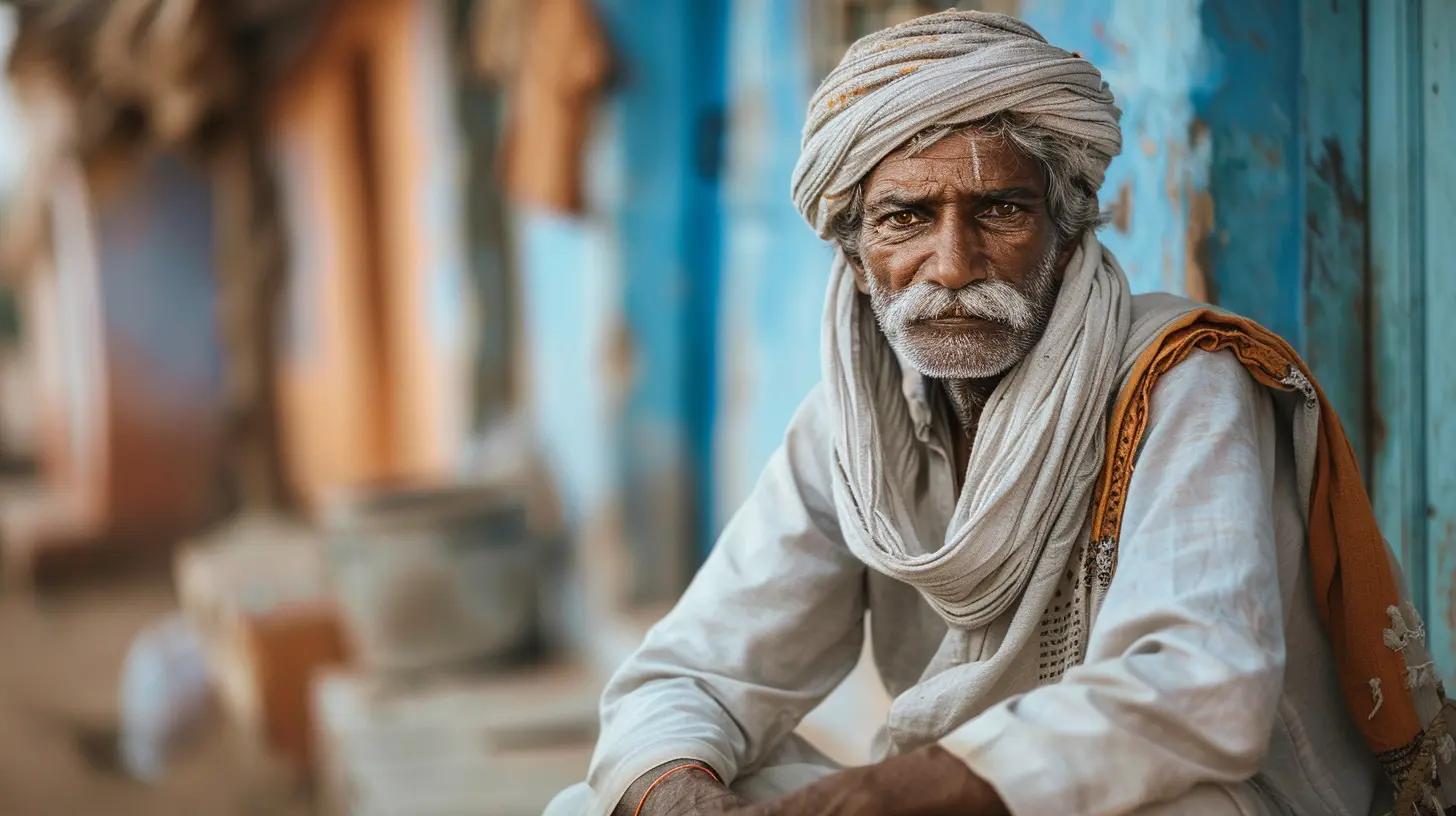
Why Rural Villages Make Incredible Photography Subjects
Rural villages are a photographer’s dream. They offer raw, unfiltered beauty. Unlike cities, where everything feels staged or processed, villages have an organic aesthetic—cracked walls, narrow streets, kids playing barefoot, and golden fields swaying with the wind.Photography in these settings isn't just about landscapes. It’s about emotion, culture, and history. Every broken fence, every wrinkled smile of an elder, and every bustling morning market has a story to tell. 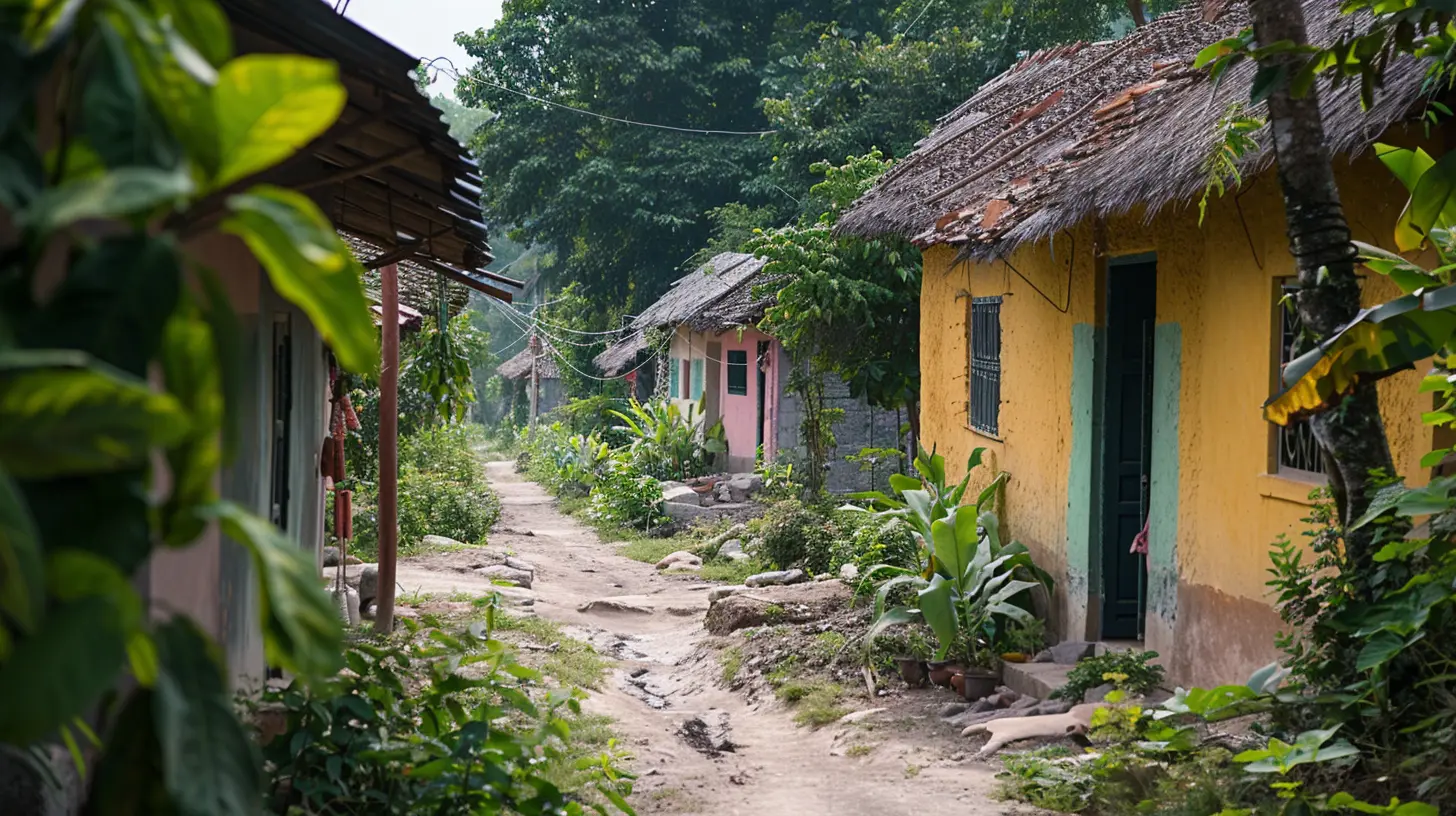
Essential Gear for Village Photography
Before you set off to capture the charm of village life, let’s talk about the gear you’ll need. You don’t need the most expensive setup to take breathtaking shots, but a few essentials will certainly help:1. Camera Choice: DSLR or Mirrorless?
Both DSLRs and mirrorless cameras are great options for village photography. Mirrorless cameras are lighter, which makes them ideal for long walks through rural landscapes. DSLRs, on the other hand, offer incredible lens variety.2. Lenses: What Should You Carry?
- Wide-angle lens (16-35mm) – Perfect for capturing village landscapes, fields, and broad street scenes.- Prime lens (50mm or 85mm) – Ideal for portrait photography if you want sharp, detailed shots of villagers.
- Zoom lens (70-200mm) – Great for capturing candid moments from a distance without invading personal space.
3. Tripod: Yes or No?
A tripod is useful if you’re shooting during sunrise or sunset when light is low. It also helps if you want to capture long-exposure shots of flowing rivers or bustling village life.4. Other Must-haves:
- Spare batteries (electricity in rural areas can be unpredictable)- Memory cards (you’ll be snapping a lot!)
- Lens cleaning kit (dust is inevitable)
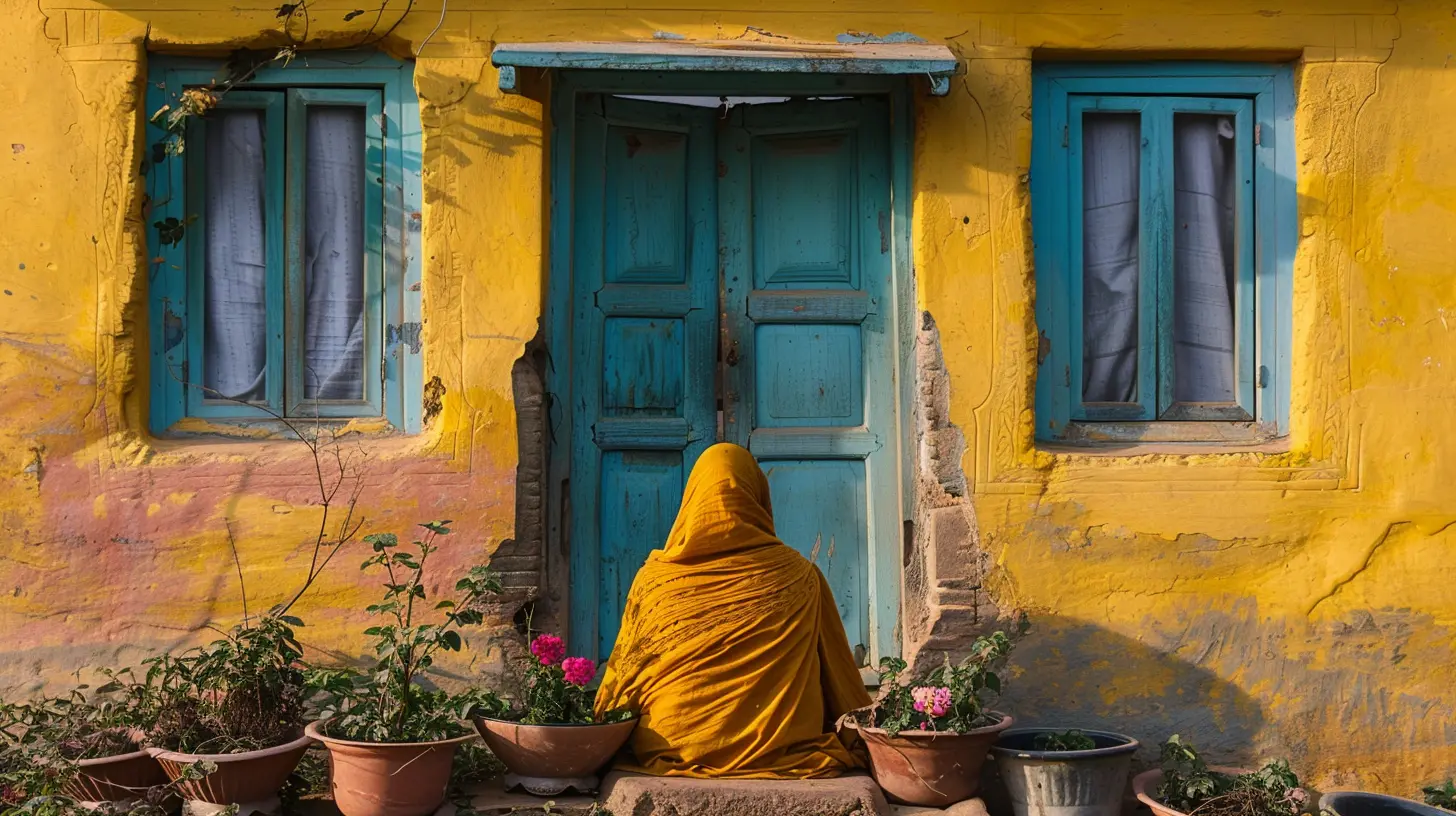
How to Capture the True Essence of Village Life
Photography in rural areas goes beyond aesthetics. It’s about freezing moments that reflect the soul of a place. Here’s how you can bring those images to life:1. Get to Know the Locals
One of the biggest mistakes photographers make is arriving, clicking a few pictures, and leaving. Villages thrive on human connection. If you want authentic shots, take time to interact with the villagers.Ask them about their daily routines, their traditions, and their customs. When people feel comfortable, they open up, and their emotions become more genuine in photographs.
2. Capture Everyday Life
Forget posed shots. The beauty of rural villages lies in their simple, everyday moments—farmers tending to their crops, women weaving baskets, children laughing as they chase each other in the fields.Look for movement and action. A grandmother cooking over an open fire, a blacksmith hammering red-hot iron, or a shepherd guiding his flock—all these moments tell a deeper story.
3. Play with Light and Shadows
Golden hour (early morning and late afternoon) is a gift for village photography. The soft, warm light adds a magical touch to landscapes and portraits.Shadows, too, can create drama. Imagine capturing the silhouette of a farmer against the rising sun or the shadow of a bicycle against an old brick wall.
4. Focus on Textures and Details
Sometimes, the small details tell the biggest stories. Weathered hands of an elderly woman, cracked mud walls of an old home, or colorful spices in a village market—these textures add depth and emotion to your shots.Zoom in. Show the wear and tear on a farmer’s boots or the intricate patterns on a handmade rug.
5. Tell a Story with Your Photos
A single photo can speak a thousand words, but a series of images can tell an entire story. Try capturing a sequence—- A farmer waking up, heading to the fields, and returning home at dusk.
- A potter shaping clay, glazing it, and finally, selling the finished product.
These visual narratives draw viewers in and make them feel part of the experience. 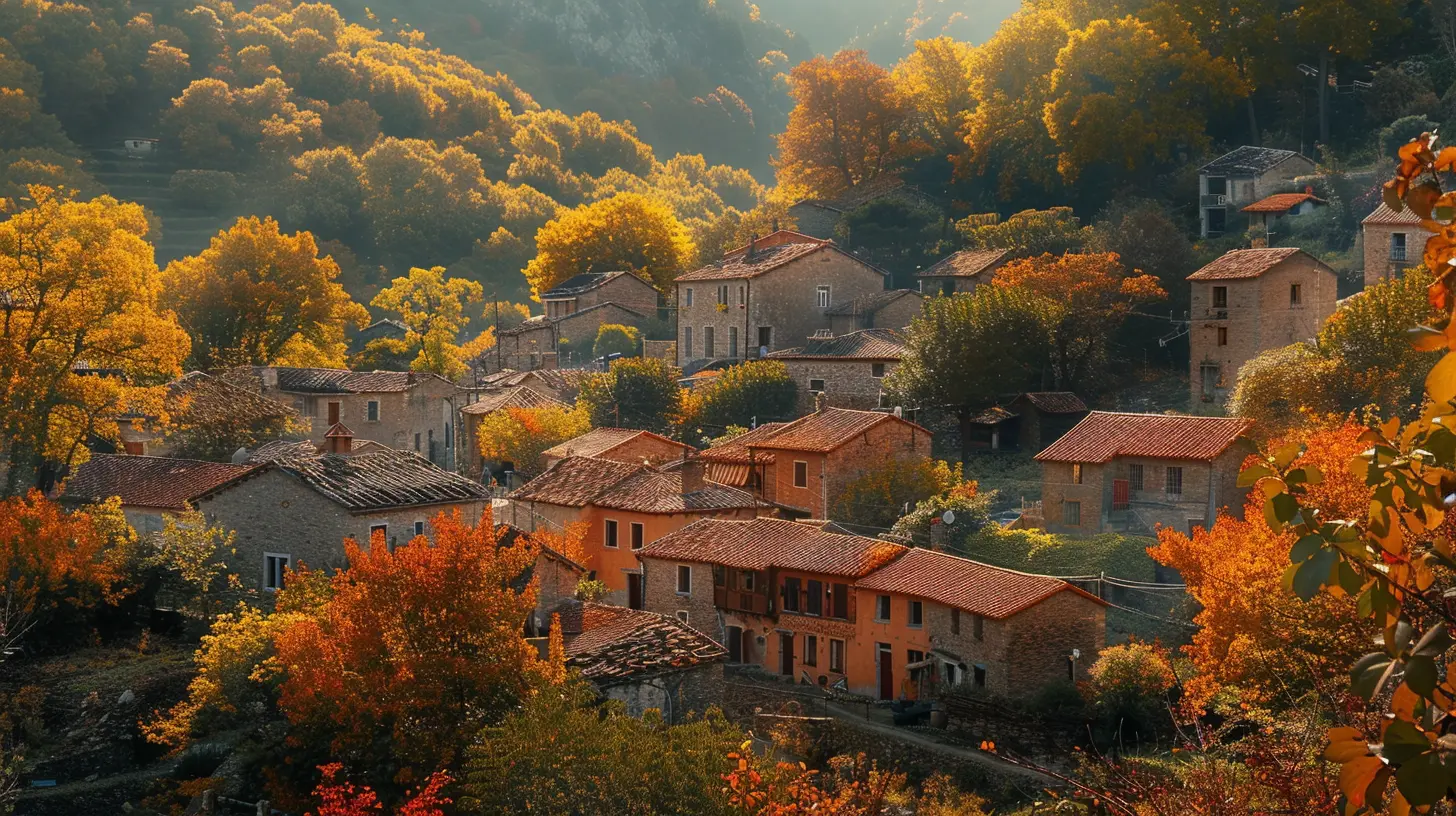
Best Types of Photos to Take in Rural Villages
1. Portraits
Faces tell stories. Capture the expressions of villagers—joy, determination, wisdom. Photographing elders contrasts beautifully with photographing children, as their faces often reflect a life lived and a life just beginning.Tip: Keep an eye on their eyes—expressive eyes hold powerful emotions.
2. Markets and Trades
Local markets are bursting with life, colors, and culture. From fresh produce to handcrafted goods, markets capture the heartbeat of a village.Focus on artisans at work—potters, weavers, fishermen. Capturing them in action highlights the depth of traditional skills still alive today.
3. Architecture and Homes
Village homes, temples, barns, and old wells carry a rustic charm. Their worn-out textures, faded doors, and unique structures make for compelling images.4. Festivals and Traditions
If you’re fortunate enough to visit during a festival, you’ll witness vibrant clothes, lively music, and ancient customs. Rural festivals are authentic, untouched by commercial influence, making them a goldmine for photographers looking for raw emotions and energy.Tips for Ethical Photography in Rural Areas
When photographing people and cultures, ethics are crucial. Here’s how to be a responsible photographer:1. Ask for Permission – Not everyone is comfortable being photographed. A simple smile and a nod can go a long way. If someone refuses, respect that.
2. Offer Prints – If you plan to revisit, print a few pictures and gift them to those you photographed. It builds trust and goodwill.
3. Support the Community – Buy something from local vendors. Ride with local guides. Help the community in small ways if you can.
4. Avoid Misrepresentation – Don’t edit pictures in a way that exaggerates poverty or misrepresents their way of life.
Final Thoughts: Capturing the Heartbeat of Villages
Photographing rural villages isn’t just about clicking beautiful pictures; it’s about preserving stories, traditions, and emotions. These places hold history in their walls, in the smiles of their people, and in the rhythm of their daily life.So, the next time you visit a village, take your time. Feel the essence. Immerse yourself in the atmosphere. And most importantly—let your camera capture not just what you see, but what you feel.
Happy shooting!
all images in this post were generated using AI tools
Category:
Travel PhotographyAuthor:

Pierre McKinney
Discussion
rate this article
3 comments
Carina Daniels
This article beautifully highlights the charm of rural villages and the unique stories they tell through photography. Your insights on capturing these moments are inspiring. I look forward to applying these tips on my next adventure! Thank you for sharing.
June 8, 2025 at 2:52 AM

Pierre McKinney
Thank you for your kind words! I'm glad you found the tips inspiring and hope they enhance your next adventure in capturing the beauty of rural villages. Happy shooting!
Dominic McConkey
Embrace the charm of rural villages; each frame tells a unique story. Dive deep into their culture, and let your lens reveal the beauty that often goes unnoticed.
May 31, 2025 at 3:13 PM

Pierre McKinney
Thank you! I completely agree—rural villages are rich in untold stories and hidden beauty waiting to be captured.
Easton Kirkpatrick
Beautiful insights! Excited to explore rural villages through photography.
May 30, 2025 at 4:55 AM

Pierre McKinney
Thank you! I'm thrilled you're inspired to explore and capture the beauty of rural villages. Happy shooting!
